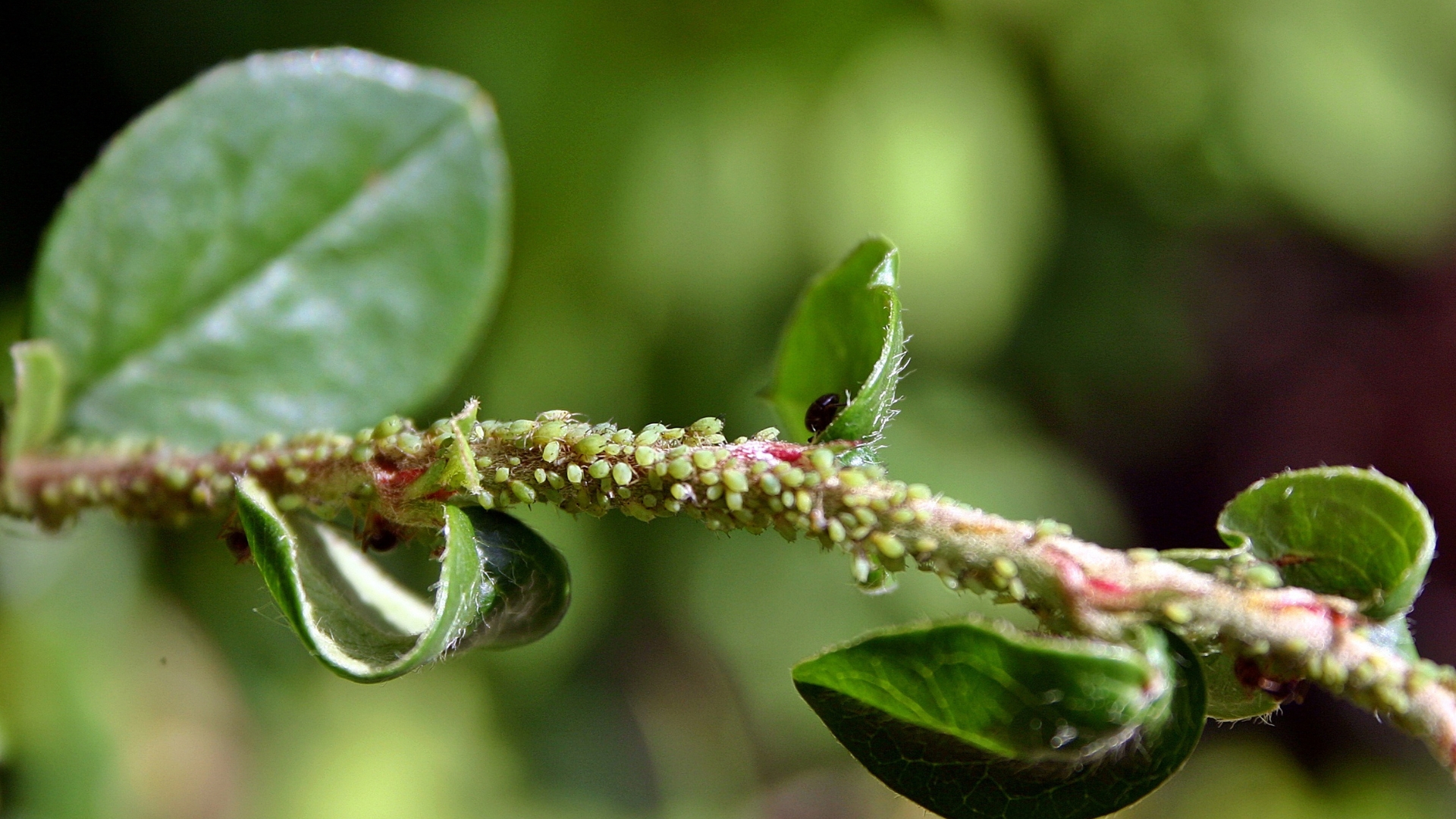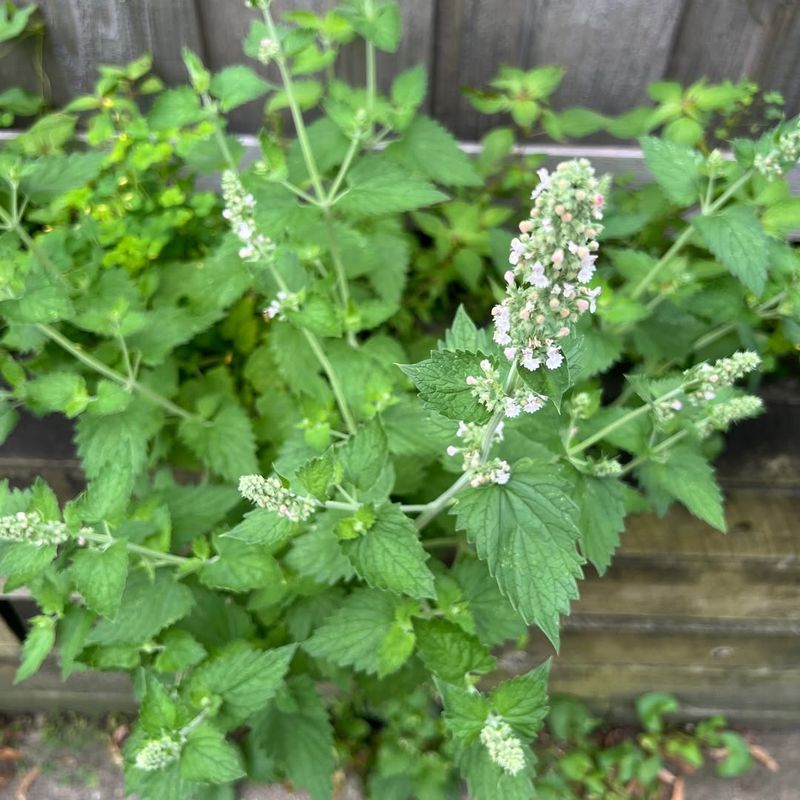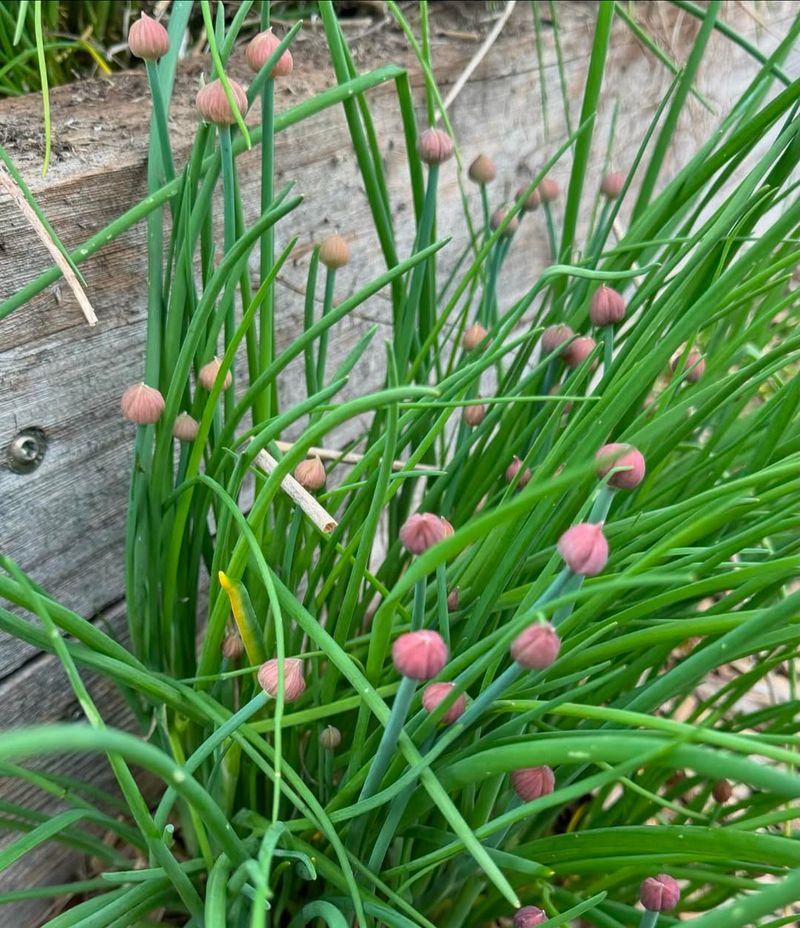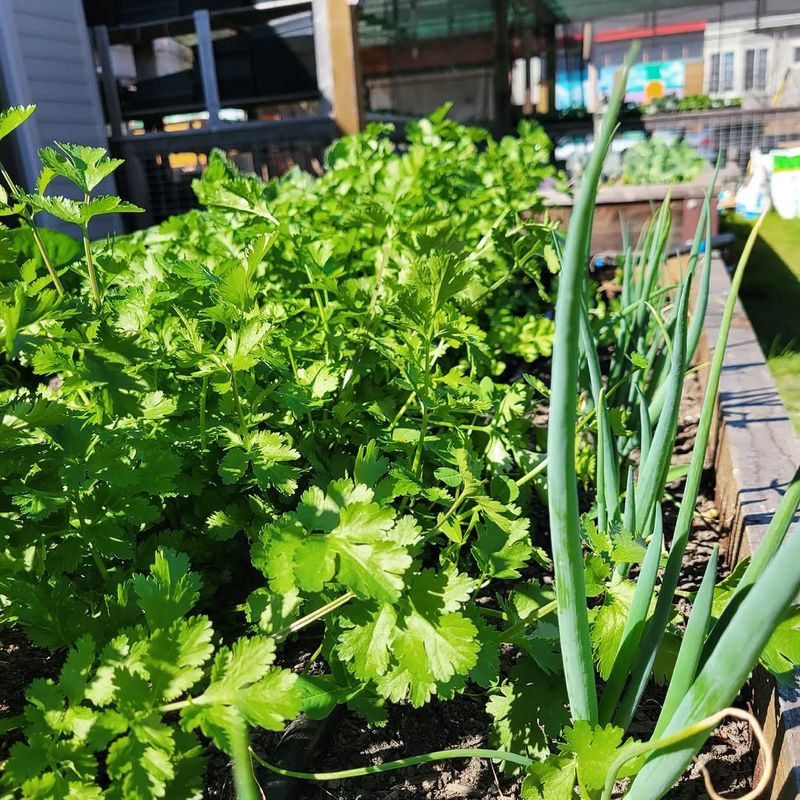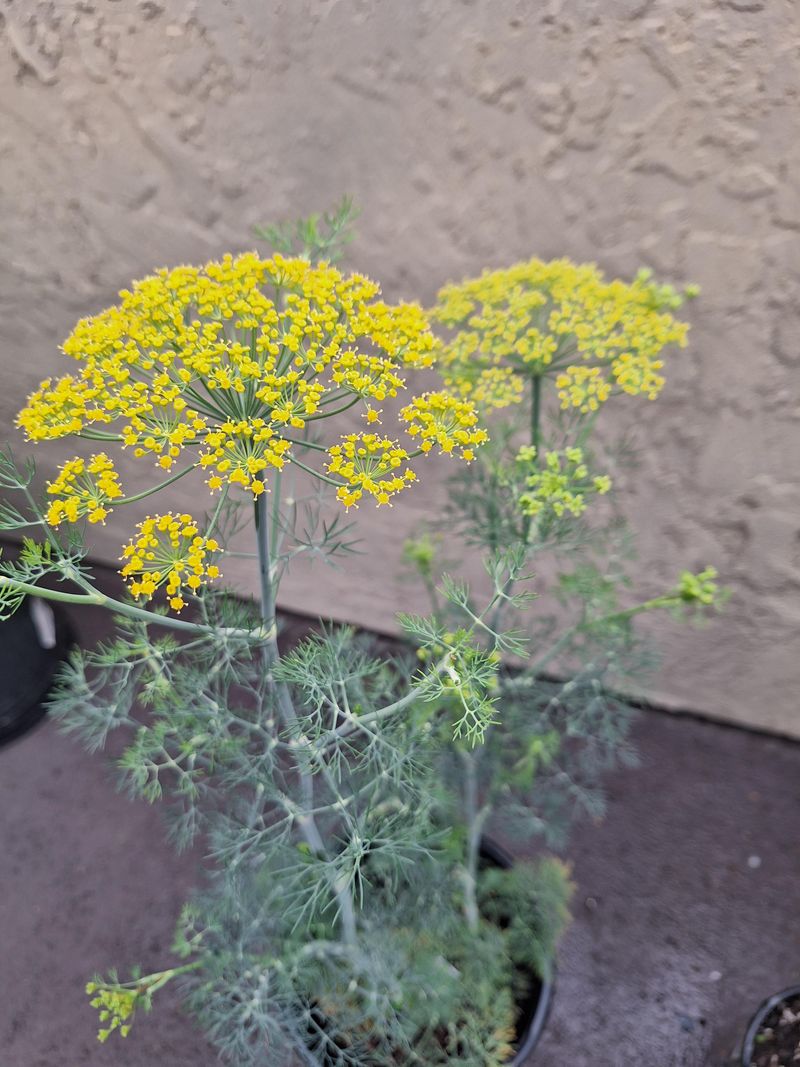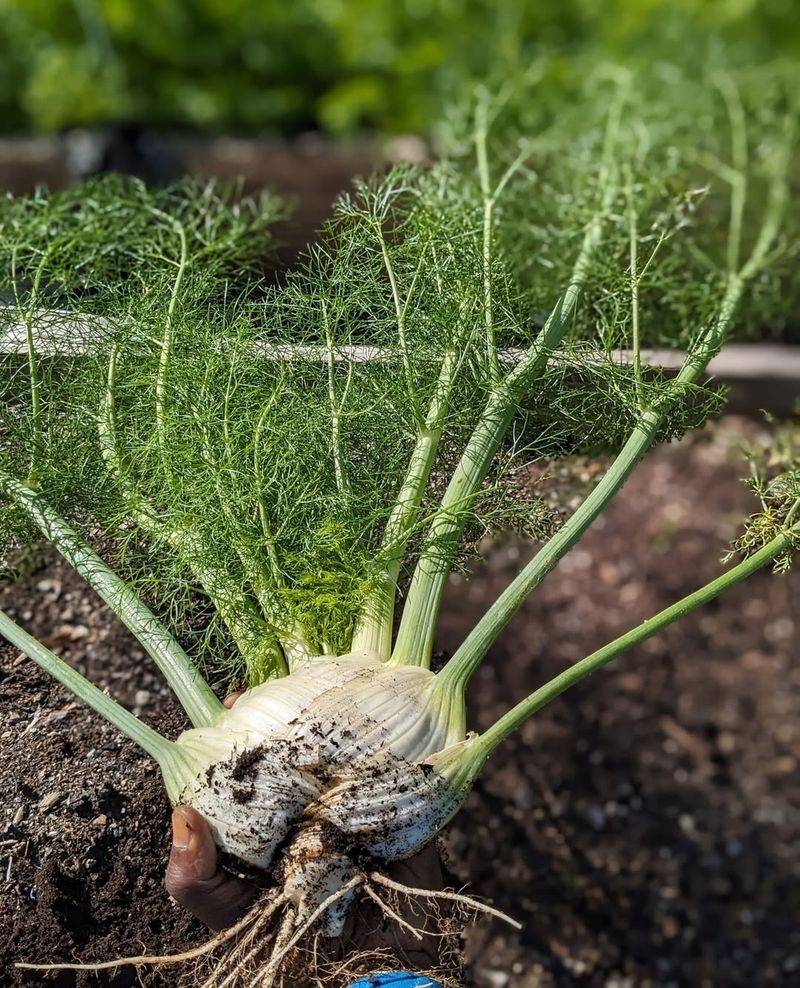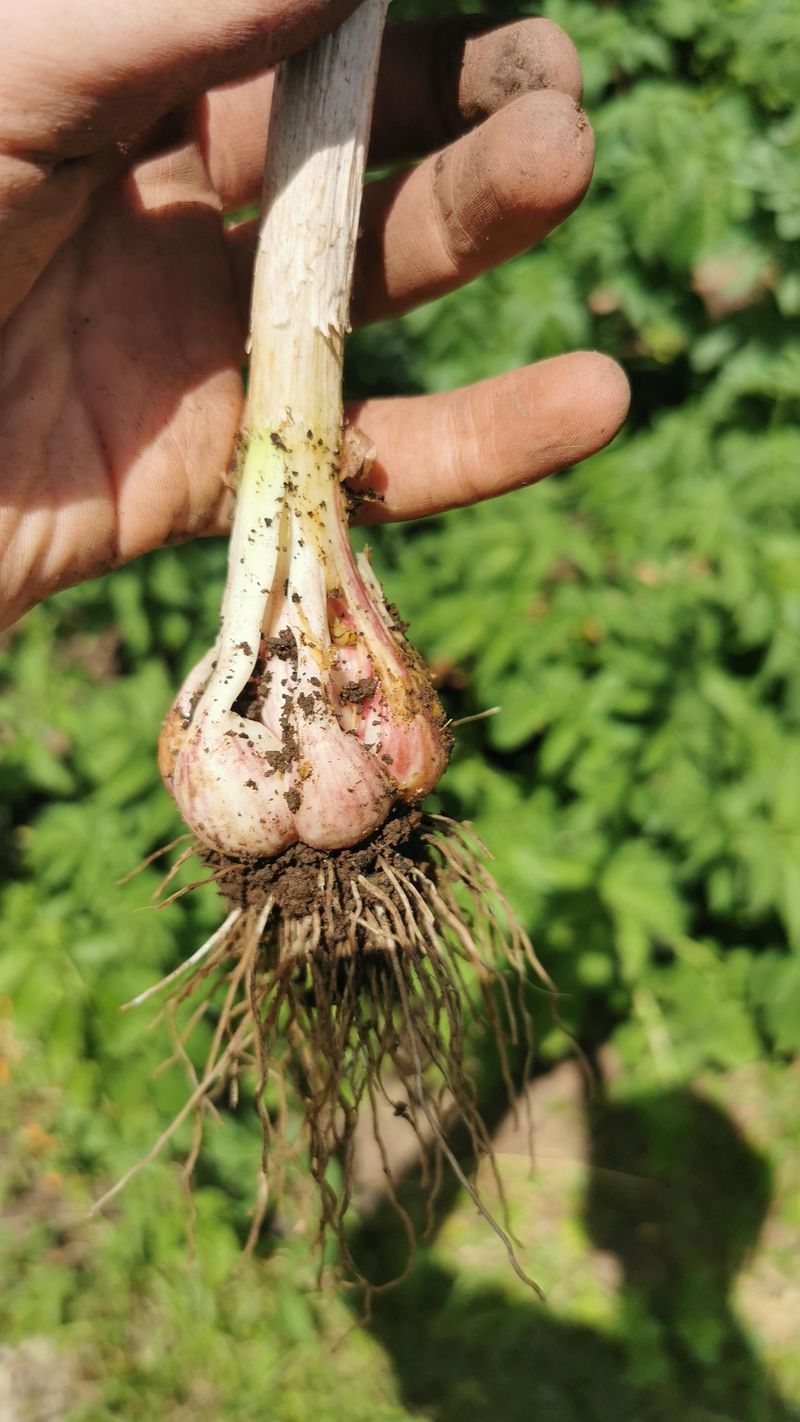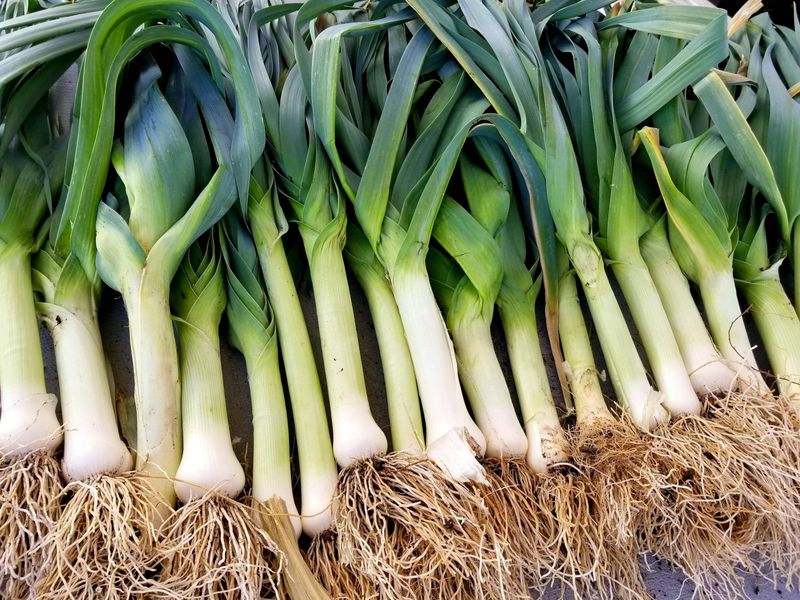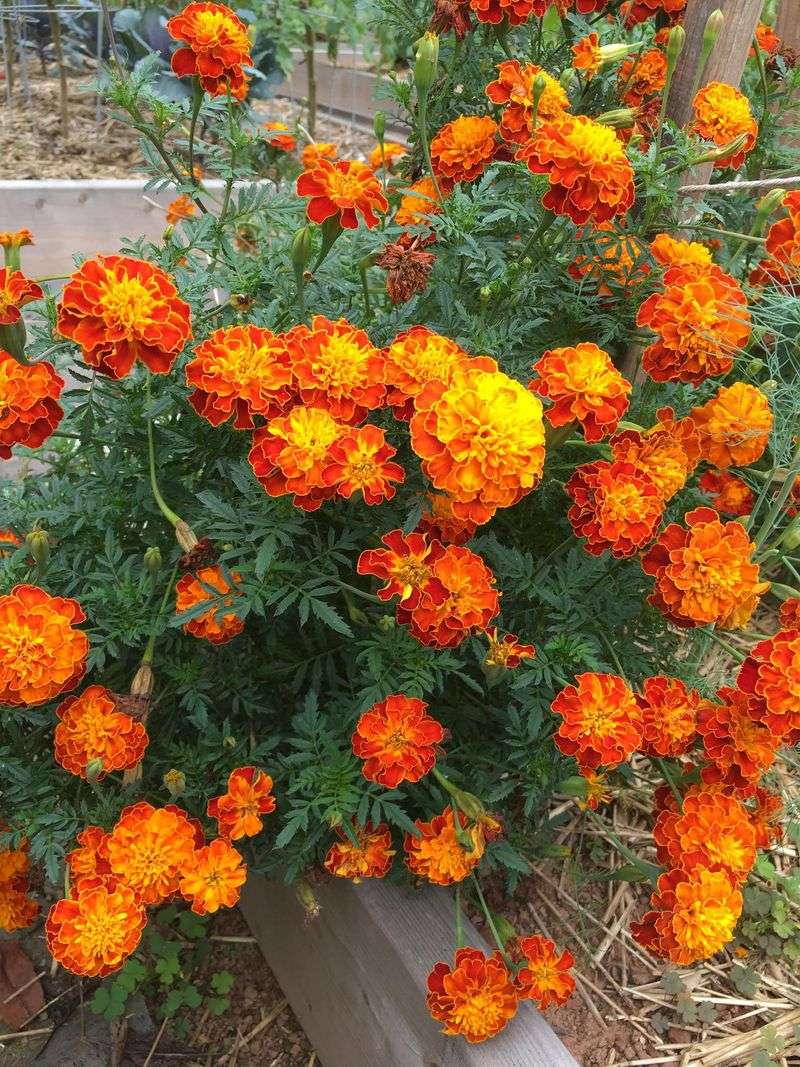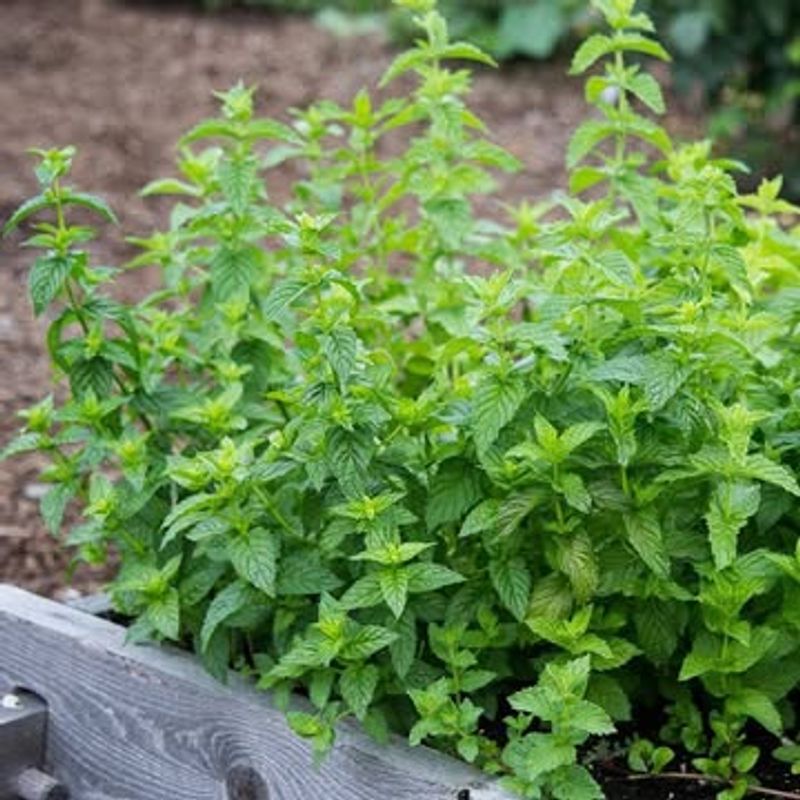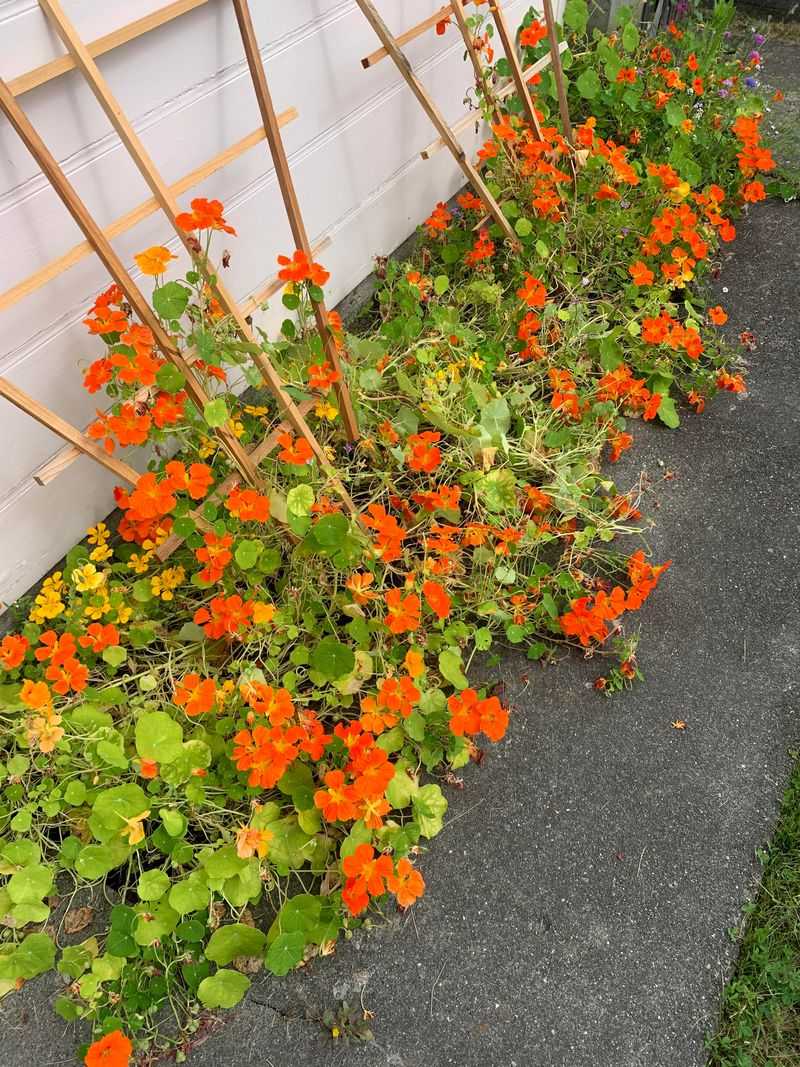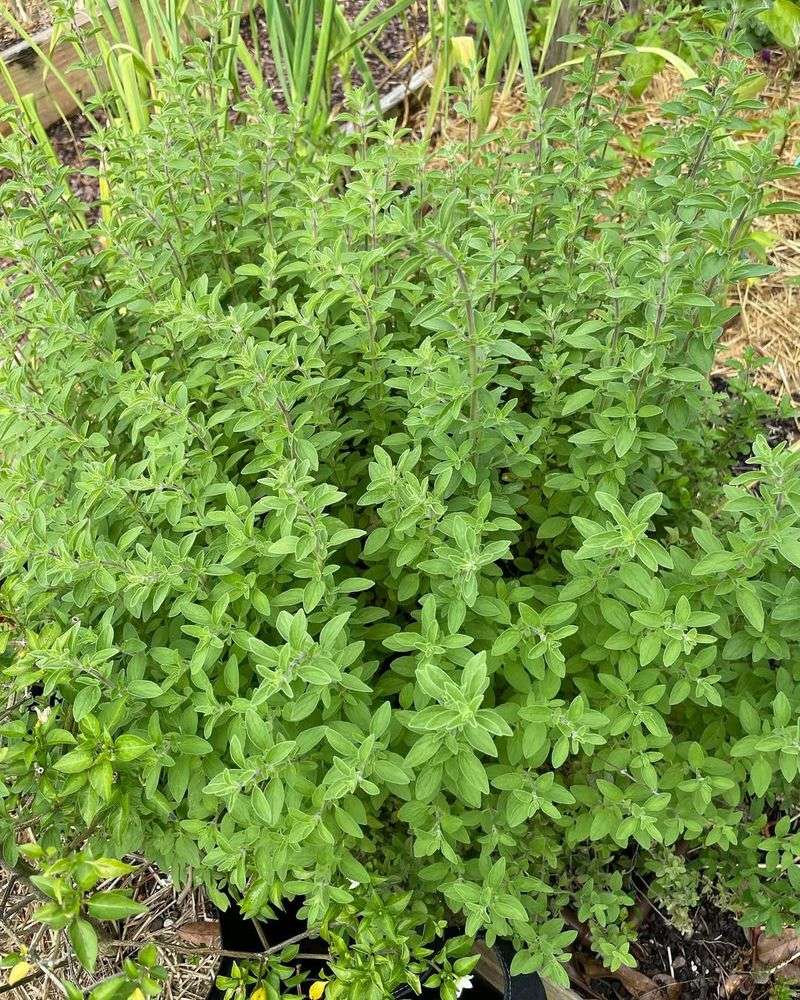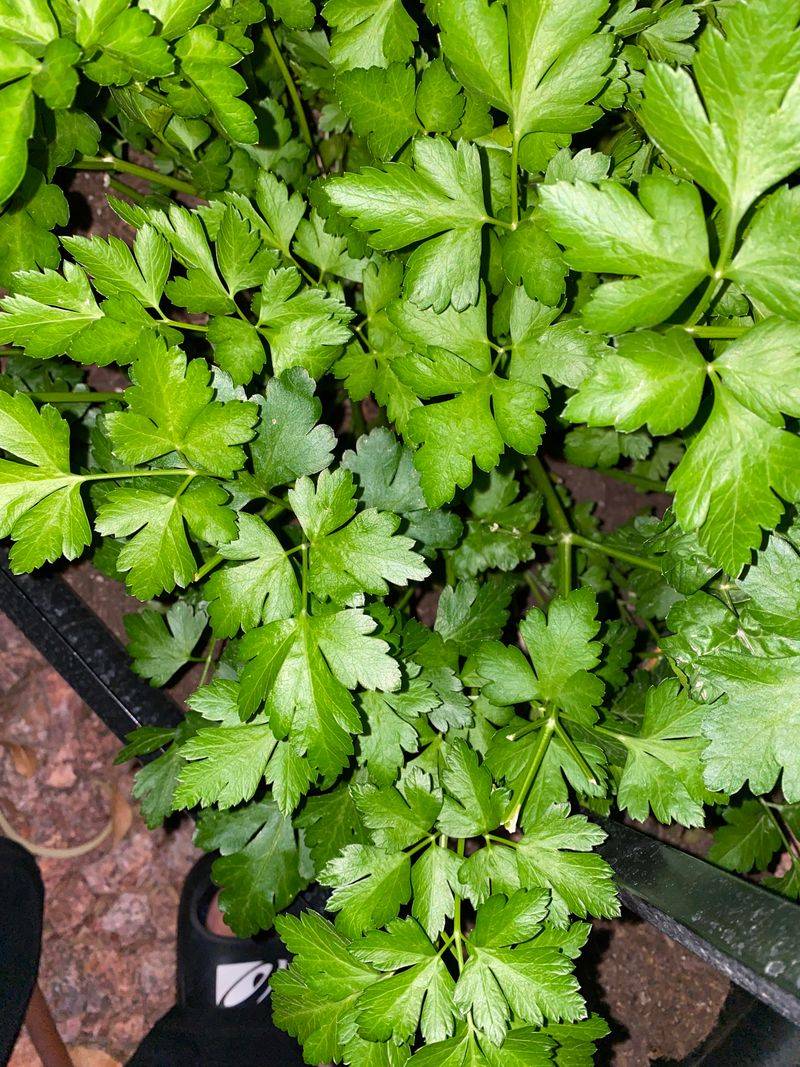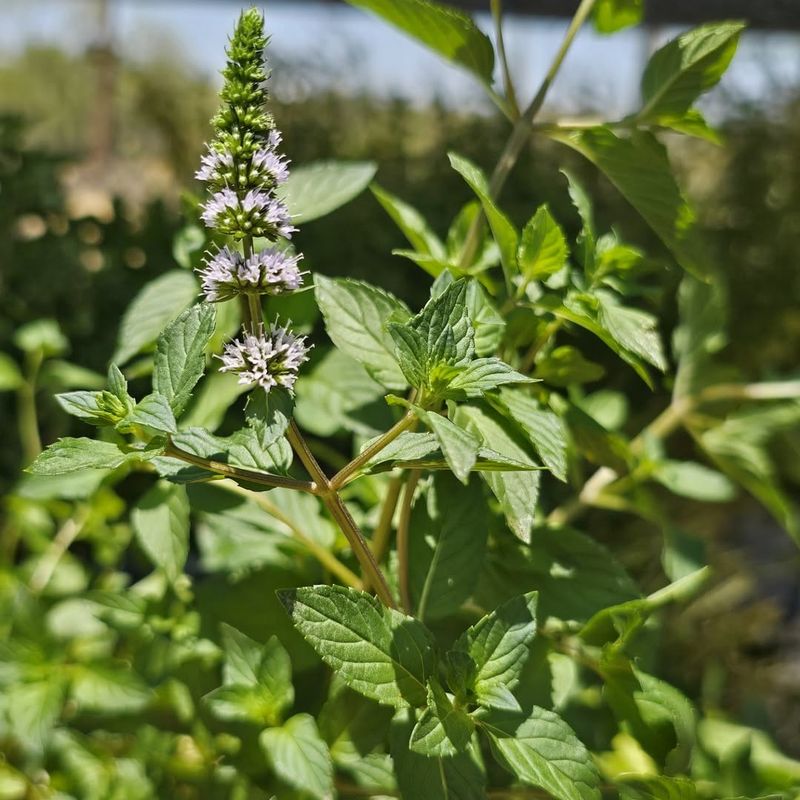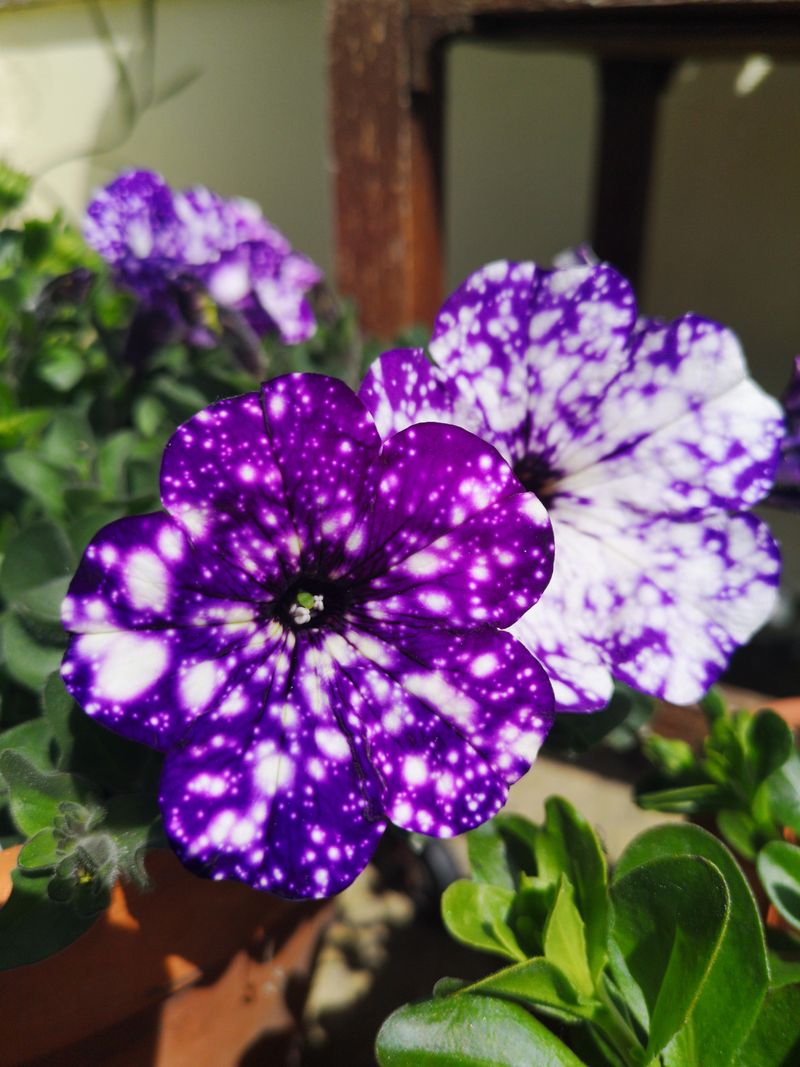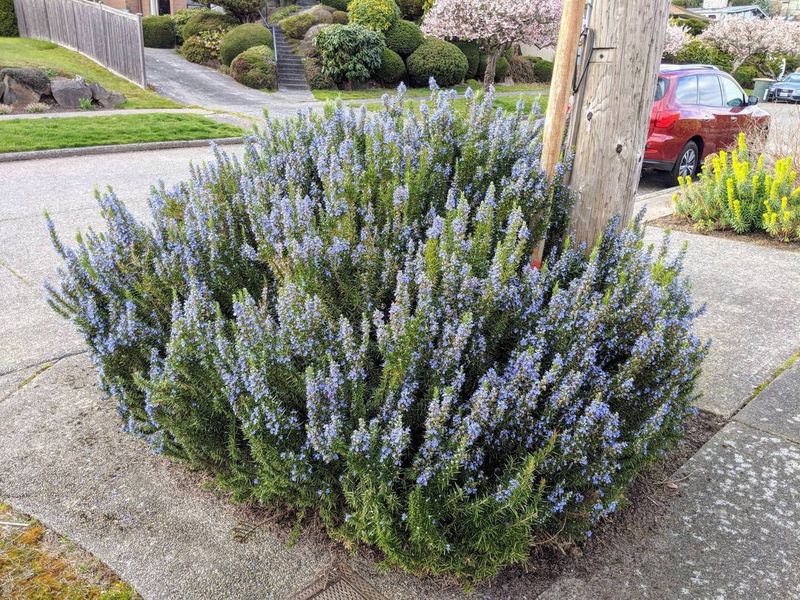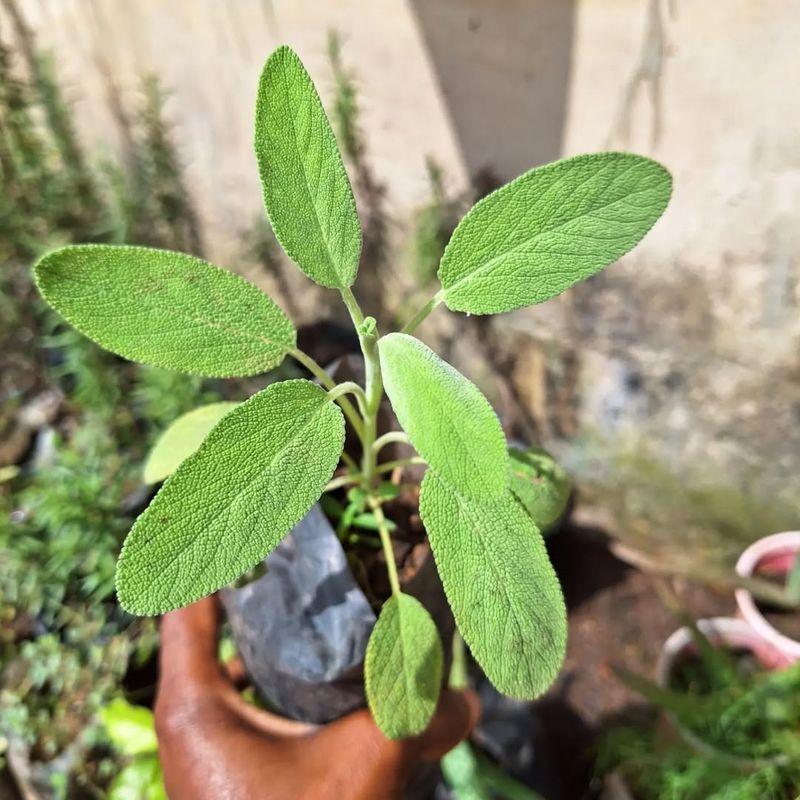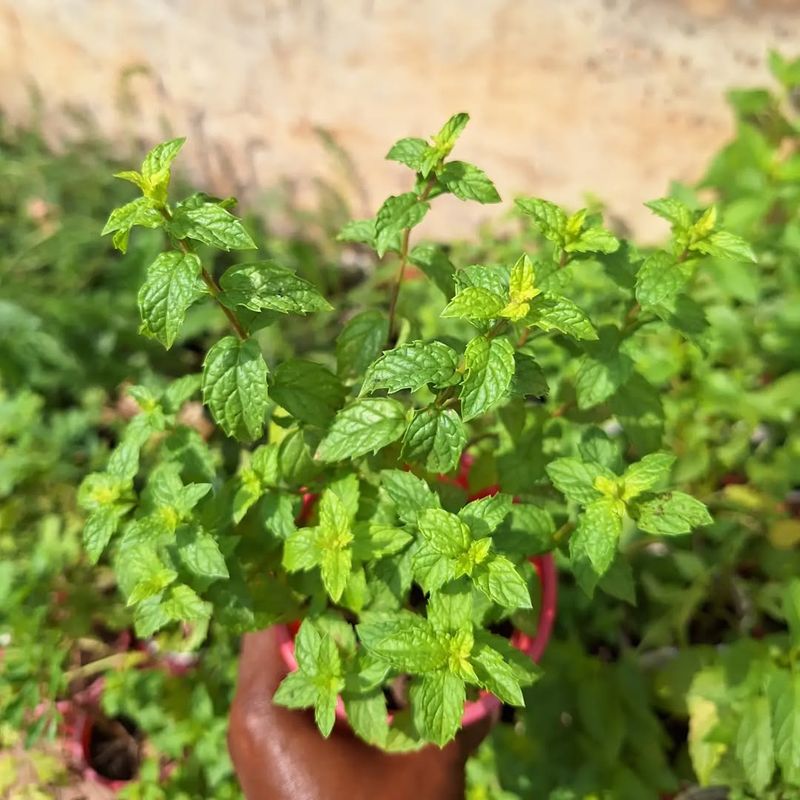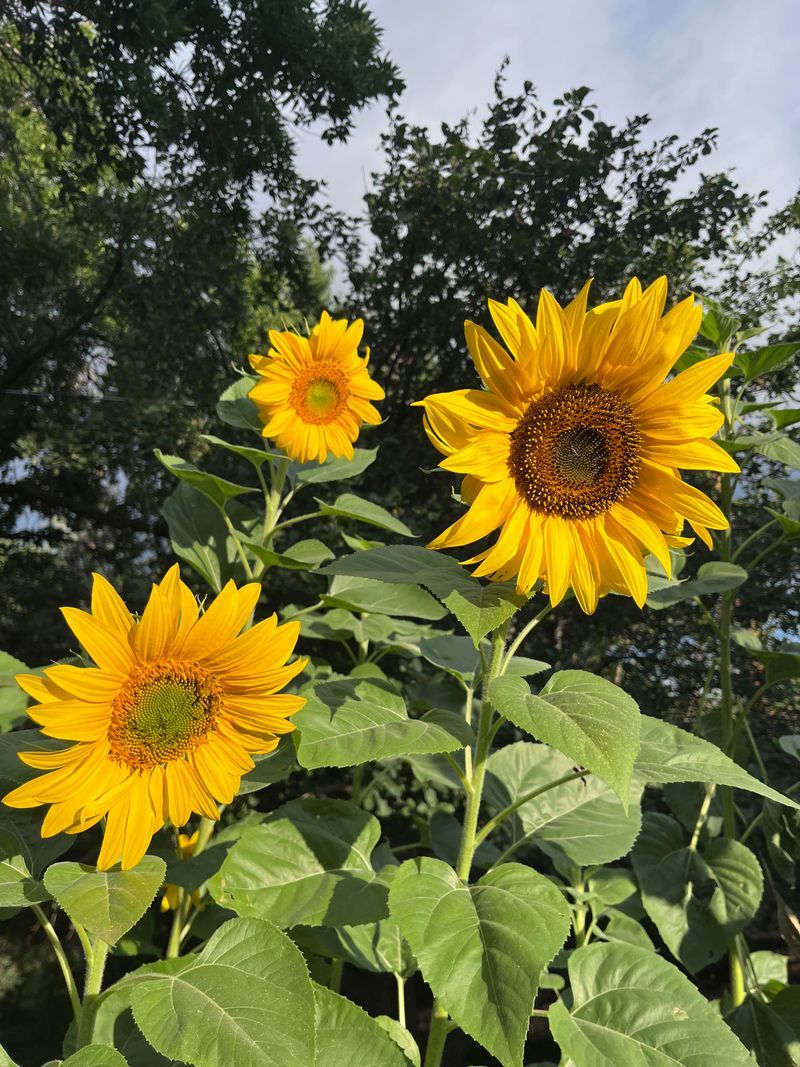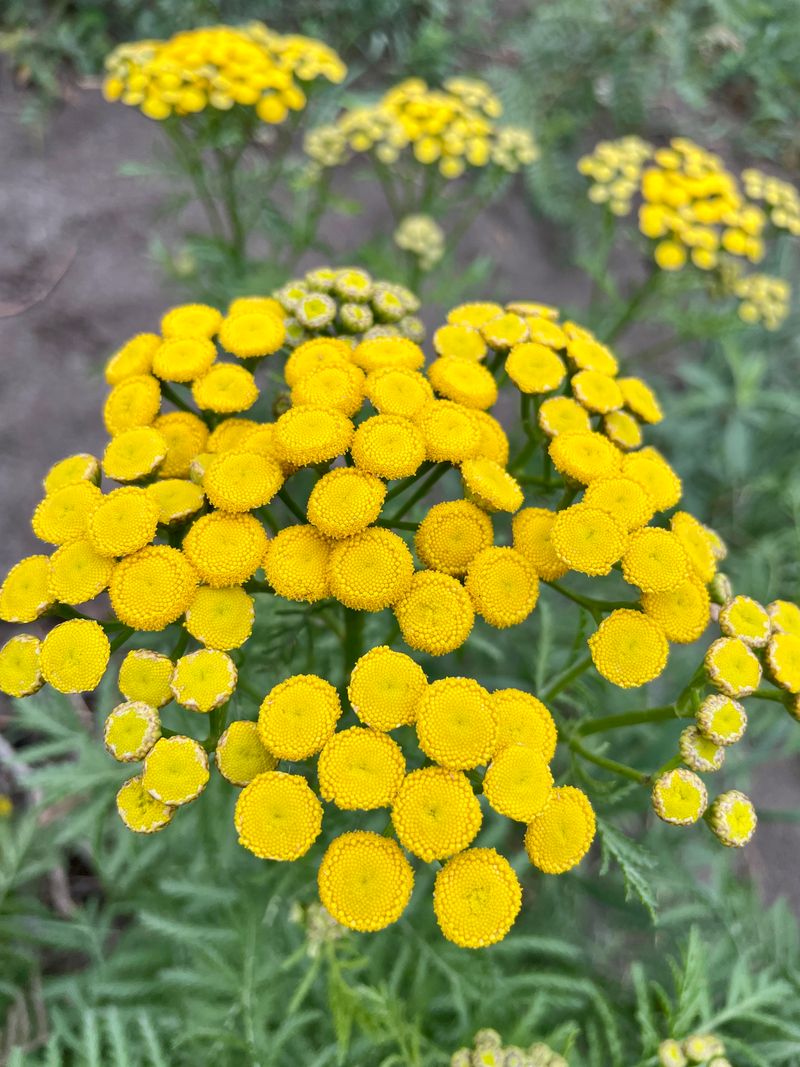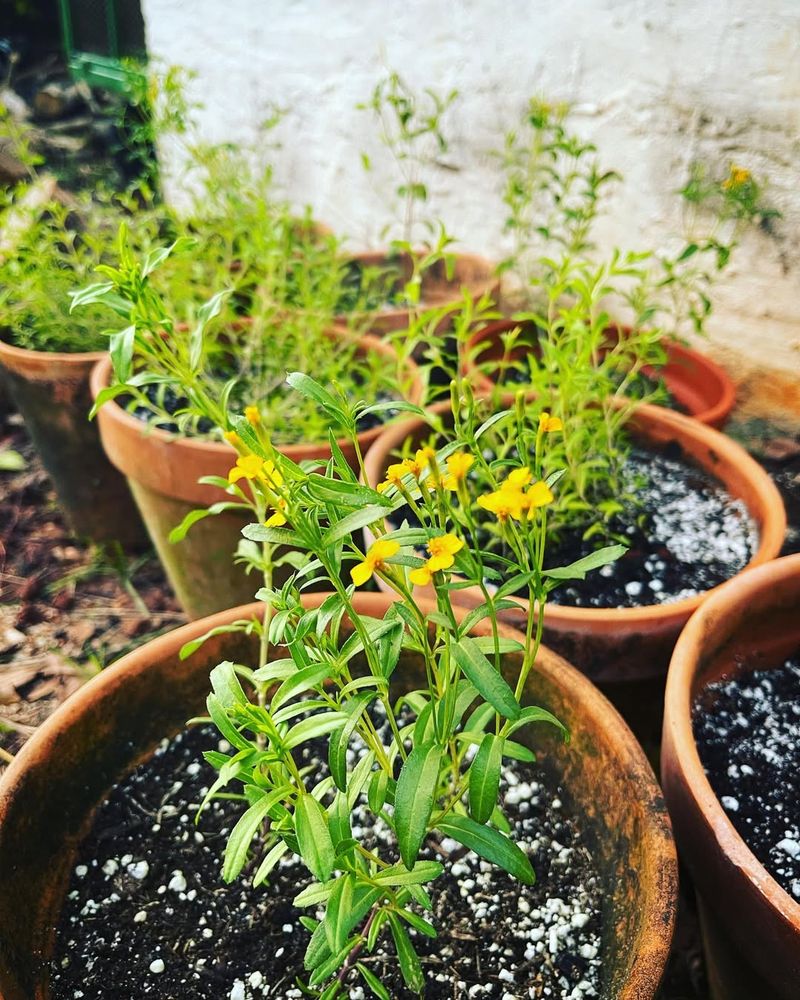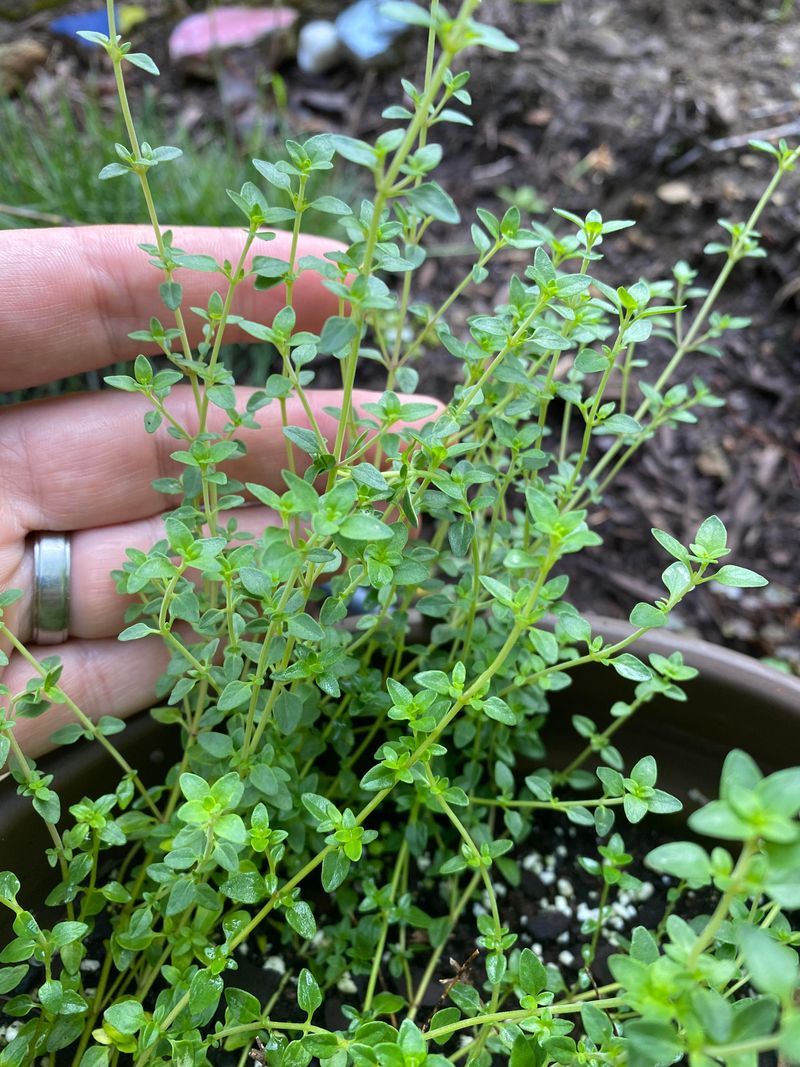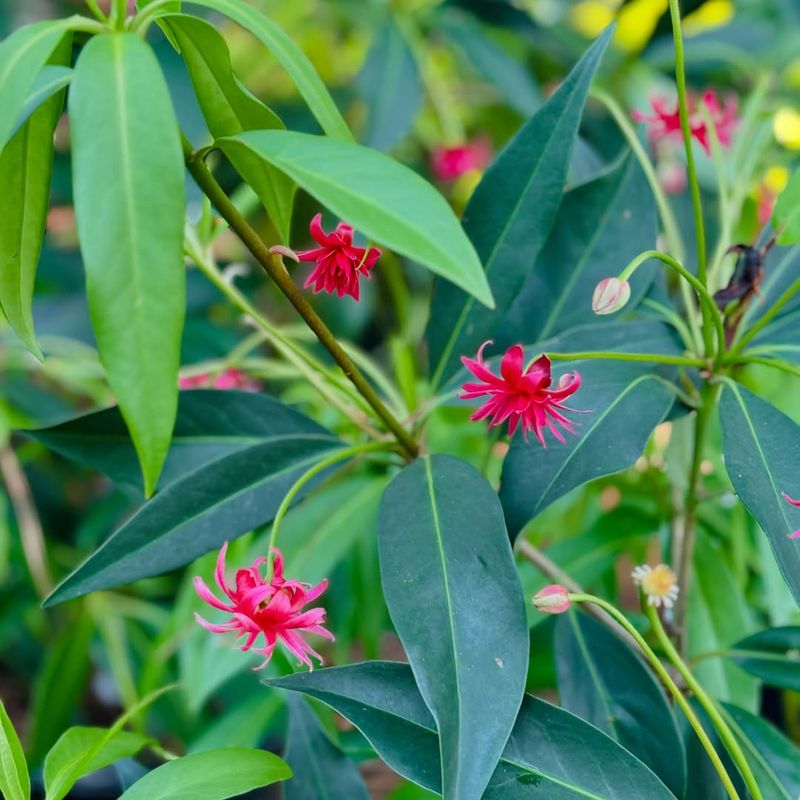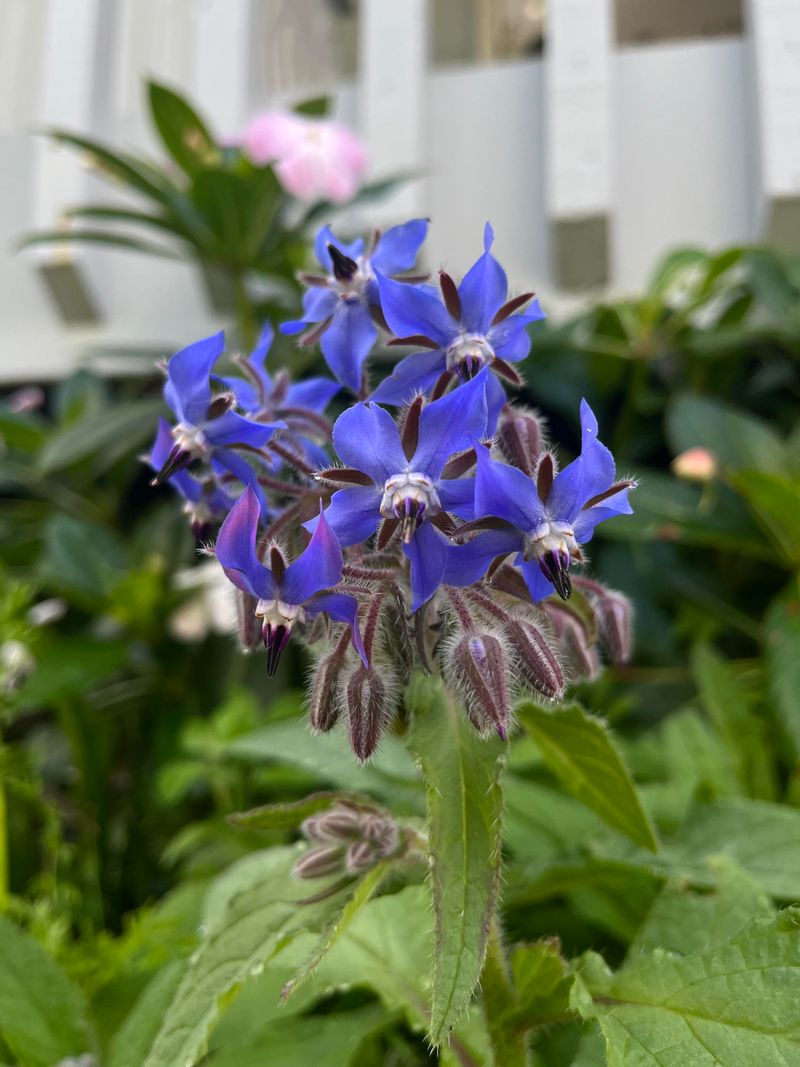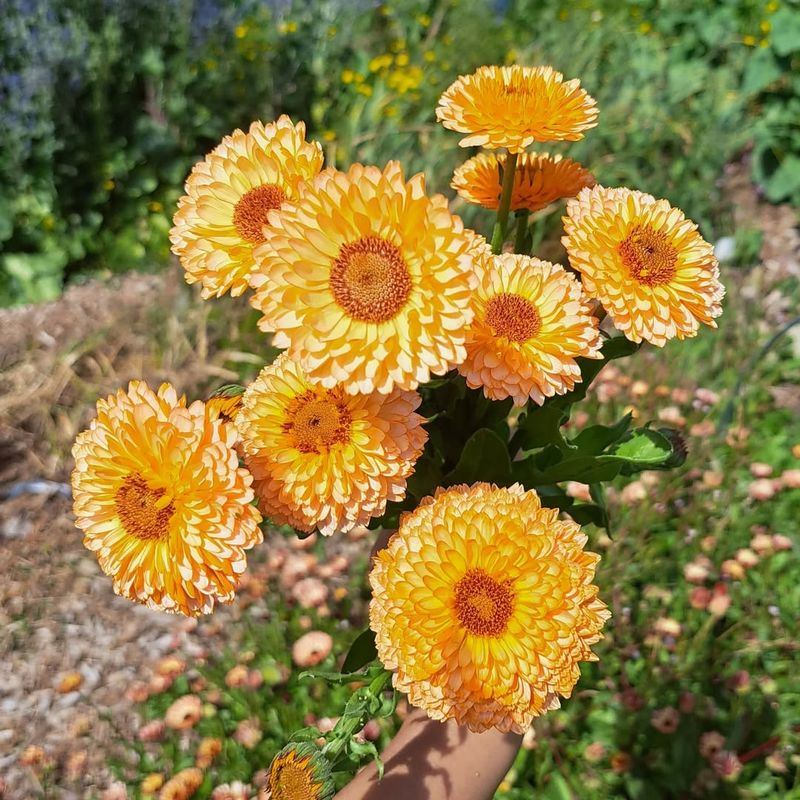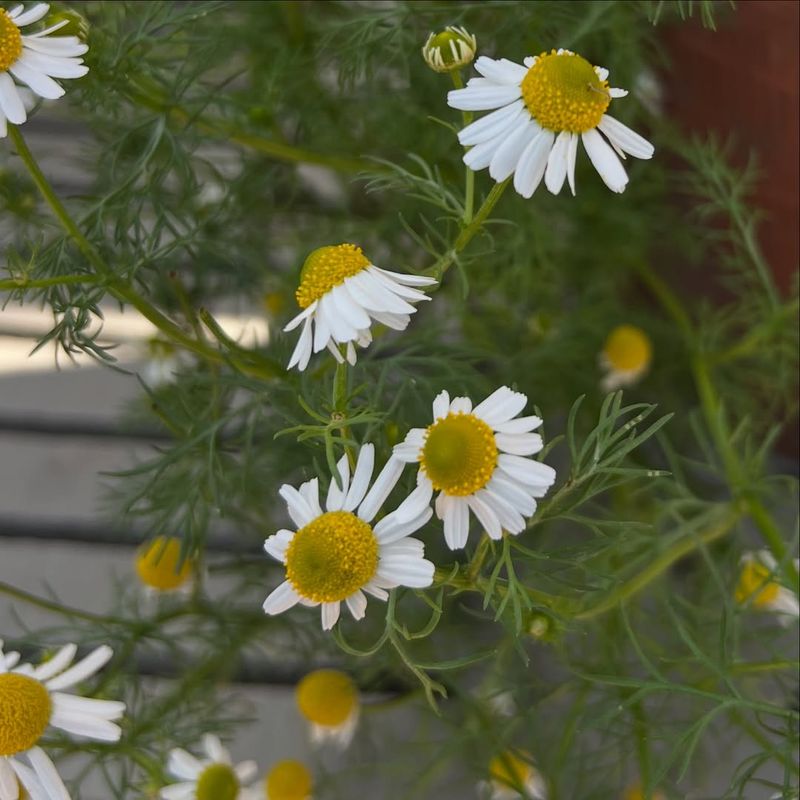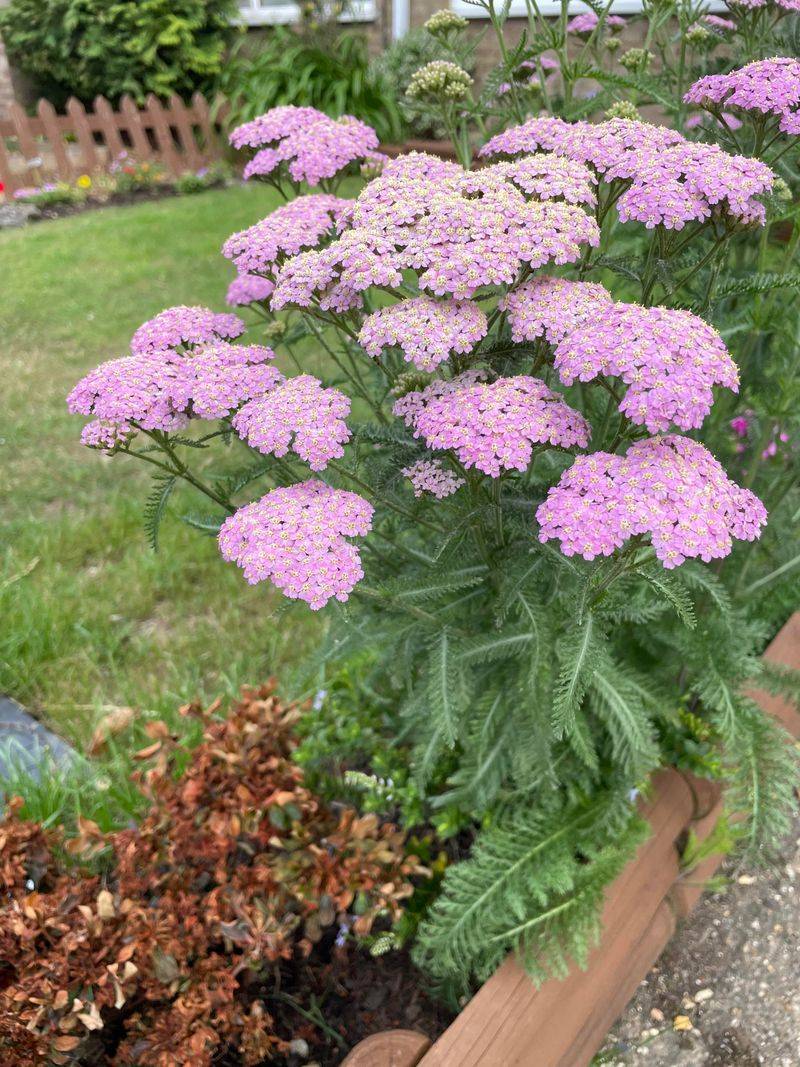Gardening is both an art and a science, and we often find ourselves battling tiny invaders like aphids. But what if I told you, you could turn your garden into an aphid-free haven using nature’s own defenses? Yes, certain plants can help protect your garden by naturally repelling aphids. Let’s explore these incredible aphid-repelling plants together!
1. Catnip
Catnip isn’t just for cats—it’s a powerhouse in the garden. Its strong minty aroma is something aphids can’t stand, making it a natural repellent when planted near susceptible crops.
This hardy perennial grows best in full sun and well-draining soil, and once established, it requires very little maintenance. Aside from being an aphid deterrent, catnip also attracts beneficial insects like hoverflies and parasitic wasps that prey on pests.
It spreads quickly, so it’s best to plant it in a container if you don’t want it to take over. Give it a trim after blooming to keep it neat and encourage a fresh flush of growth.
2. Chives
Chives bring a graceful look to the garden with their slender green stalks and vibrant purple blossoms. Their mild onion scent is unappealing to aphids, making them a natural line of defense.
They thrive in full sun and well-drained soil, returning year after year with minimal effort. Chives also repel other pests like Japanese beetles, adding extra value to their presence.
Cut them often to keep them productive, and toss the trimmings in your kitchen dishes for flavor and flair. Let some flowers bloom to attract pollinators and self-seed for the following season.
3. Cilantro
Cilantro’s zesty aroma is bold enough to confuse and repel aphids from nearby plants. Its lacy leaves and delicate white blooms add beauty and purpose to any herb patch.
It prefers cooler temperatures, growing best in spring or fall with consistent moisture. Though quick to bolt in heat, its flowers attract helpful insects that feast on aphids.
Allowing it to go to seed gives you coriander and encourages reseeding for future growth. Sow it densely and harvest often to keep the leafy greens coming.
4. Dill
Dill’s feathery fronds and soft yellow umbels make it a standout in any garden bed. Aphids dislike its strong scent, while ladybugs and lacewings flock to it for a feast.
It grows easily in full sun and appreciates well-drained, slightly acidic soil. Dill is a cool-season annual but often reseeds itself with ease.
Use it as a companion plant near brassicas to deter pests naturally. Let a few plants flower to bring in waves of beneficial insects.
5. Fennel
Fennel has a sweet, anise-like scent that aphids tend to avoid, making it a sneaky but stylish deterrent. Its tall, fern-like foliage and yellow blooms bring both structure and flair.
It loves full sun and rich, well-drained soil, growing easily from seed. Though it can be aggressive in the garden, spacing it properly keeps it in check.
Its flowers are magnets for aphid predators like ladybugs and parasitic wasps. Harvest the bulbs or let them mature for seeds, both of which are flavorful in the kitchen.
6. Garlic
Garlic’s pungent sulfur compounds act as a natural pesticide, creating a hostile environment for aphids. Even its presence in the soil can help reduce infestations in nearby crops.
Plant it in the fall for a summer harvest, choosing a sunny spot with loose, fertile soil. Once planted, it needs little fuss besides occasional weeding and watering.
The strong scent lingers as it grows, making it a reliable long-term defense. Bonus: you get flavorful cloves and scapes for cooking too.
7. Lavender
Lavender’s rich, floral scent is too overwhelming for aphids, which keeps them at bay effortlessly. Its stunning purple spikes also bring pollinators in droves.
This Mediterranean herb thrives in sunny, dry conditions with sandy or rocky soil. It’s drought-tolerant and low-maintenance once established.
Lavender also helps repel moths and whiteflies, giving it even more garden cred. Prune it back yearly to maintain shape and encourage a fresh flush of blooms.
8. Leeks
Leeks have a subtle yet sharp scent that aphids find unappetizing, acting as a built-in pest deterrent. Their upright, strappy leaves add a sleek vertical accent to garden beds.
They thrive in rich, loose soil with plenty of organic matter and consistent moisture. Leeks prefer cooler temperatures and do well in both spring and fall plantings.
Because they grow slowly, interplanting them with faster crops can maximize space. Hill soil around the stems as they grow to blanch them and create tender, sweet stalks.
9. Marigolds
Marigolds are bright and bold, but aphids can’t stand their musky, earthy scent. These cheerful flowers also emit compounds that deter nematodes and other pests.
They’re easy to grow in just about any soil and love full sun. Regular deadheading will keep them blooming from spring to frost.
Marigolds also attract hoverflies and ladybugs that feed on aphids. Plant them as borders or between veggies for maximum impact.
10. Mint
Mint’s crisp, clean aroma is overwhelming to aphids and makes it a powerful natural deterrent. The oils in its leaves act like a barrier, shielding nearby plants from attack.
Mint spreads rapidly and can become invasive, so it’s best grown in containers. It thrives in partial shade to full sun and likes moist, well-drained soil.
Harvest frequently to keep it in check and promote new growth. Plus, you’ll have a steady supply of fresh leaves for tea, salads, and desserts.
11. Nasturtiums
Nasturtiums are bright, edible flowers that aphids love—so much, in fact, that they act as a decoy crop to lure pests away. This trap crop method keeps more vulnerable plants safe.
They’re incredibly easy to grow in poor soil and need little more than sun and water. Their peppery leaves and blossoms are edible and add zing to salads.
Let them sprawl along borders or climb with support for vertical charm. Plant them near cucumbers, tomatoes, or beans for a colorful and protective companion.
12. Oregano
Oregano’s strong, earthy scent masks the aroma of nearby plants, confusing and repelling aphids. Its oils are naturally insecticidal, giving it added pest-fighting power.
It’s drought-tolerant and thrives in full sun with well-draining soil. Once established, it requires little attention and spreads steadily over time.
Trim it back regularly to prevent legginess and encourage lush growth. Fresh or dried, oregano is a flavorful kitchen staple with garden benefits to match.
13. Parsley
Parsley brings more than garnish to the table—it invites aphid predators like hoverflies and parasitic wasps into the garden. Its scent is subtle, but its role in pest control is mighty.
It grows best in rich, moist soil and partial to full sun. Regular harvesting helps keep it bushy and productive.
Allow some plants to flower in their second year to attract beneficial insects. Whether curly or flat-leaf, parsley earns its place in both garden and kitchen.
14. Peppermint
Peppermint’s menthol-rich aroma is intense for aphids, driving them away with natural force. The essential oils in its leaves double as antifungal and antibacterial agents.
This vigorous grower thrives in cool, moist spots and spreads aggressively—contain it or give it room to roam. It prefers partial shade but tolerates sun with enough water.
Snip it often to control growth and encourage lush foliage. Use the leaves fresh or dried for teas, syrups, and pest sprays.
15. Petunias
Petunias are vibrant, long-blooming flowers that do more than just brighten your garden—they trap aphids, attracting them away from other plants. Their sticky leaves also capture pests like whiteflies and thrips.
They grow easily in full sun and well-drained soil, thriving in containers, hanging baskets, or borders. Petunias bloom profusely with regular deadheading and occasional feeding.
They pair beautifully with vegetables and herbs as a colorful and functional companion. Keep them near tomatoes, beans, or peppers for extra pest control power.
16. Rosemary
Rosemary’s strong, woody fragrance is unbearable for aphids, acting like a natural aromatic barrier. Its essential oils also repel other pests like cabbage moths and carrot flies.
This drought-tolerant herb thrives in full sun and sandy, well-drained soil. Rosemary prefers dry roots and good air circulation to prevent disease.
Prune it often to keep it compact and encourage fresh, fragrant growth. It’s a hardy herb that doubles as an ornamental with year-round appeal.
17. Sage
Sage has a potent, savory scent that makes aphids steer clear of your garden. It also helps repel cabbage moths, carrot flies, and beetles.
This Mediterranean native loves full sun and sandy or rocky soil, needing little water once established. Sage is a perennial in warm climates and can be grown as an annual elsewhere.
Let it flower to attract pollinators and natural predators like parasitic wasps. Harvest leaves regularly to promote branching and strong growth.
18. Spearmint
Spearmint gives off a refreshing scent that repels aphids and masks the smell of nearby plants. Its essential oils are effective in deterring many soft-bodied pests.
Like peppermint, it spreads rapidly and should be grown in containers or confined spaces. It enjoys moist soil and partial sun but can tolerate a variety of conditions.
Regular trimming keeps it bushy and under control while providing a constant harvest. Use it in teas, sauces, or even crushed in homemade insect sprays.
19. Sunflowers
Sunflowers can serve as a living trap for aphids, drawing them away from your crops. Their towering presence also creates a habitat for predatory insects that feed on pests.
They thrive in full sun with well-drained soil and are surprisingly low-maintenance. These cheerful giants are easy to grow from seed and offer food, shade, and beauty.
Allow some heads to go to seed to attract birds and beneficial insects. Plant them as a backdrop or border for both function and flair.
20. Tansy
Tansy is an old-world herb known for its ability to repel aphids with its strong, camphor-like scent. Its ferny leaves and button-like yellow blooms add a wild charm to garden edges.
It grows well in poor, dry soils and thrives in full sun to partial shade. Be cautious though—tansy can be invasive if left unchecked.
Its flowers attract pollinators while its leaves keep pests away, offering double benefits. Cut it back after flowering to manage spread and encourage bushier growth.
21. Tarragon
Tarragon’s subtle licorice fragrance confuses aphids and deters their approach. It also helps mask the scent of neighboring plants, providing indirect protection.
This perennial herb enjoys full sun and well-draining soil with minimal fertilization. Once established, it’s drought-tolerant and easy to care for.
Harvest regularly to keep the plant compact and flavorful. It’s especially great planted near veggies like eggplants and peppers.
22. Thyme
Thyme’s intense, earthy fragrance is naturally repellent to aphids and many other garden pests. It also draws in aphid predators like hoverflies and parasitic wasps with its tiny flowers.
This low-growing herb thrives in full sun and dry, well-drained soil, making it perfect for borders or rock gardens. It’s drought-tolerant and virtually maintenance-free once established.
Prune it regularly to encourage dense growth and prevent woodiness. Use it fresh or dried to season your meals while keeping your garden protected.
23. Basil
Basil doesn’t just enhance your pasta—it throws aphids off with its strong, sweet aroma. The essential oils in its leaves make it an effective pest deterrent in companion planting.
It loves warmth, sunshine, and moist, rich soil, growing fast when pinched back regularly. Basil pairs well with tomatoes, both in the garden and on your plate.
Let a few flowers bloom to attract pollinators, but pinch most to keep leaf production high. Harvest often for the freshest flavor and strongest pest protection.
24. Anise
Anise’s licorice scent masks the smell of nearby plants, confusing aphids and discouraging them from settling in. Its small white flowers also attract predatory insects that hunt aphids.
It prefers full sun and well-drained soil and grows easily from seed in spring. Anise needs consistent watering but doesn’t tolerate soggy conditions.
Harvest the seeds once they mature for culinary use and reseeding. Its graceful growth habit adds beauty and utility to any garden space.
25. Borage
Borage repels aphids while drawing in bees and other beneficial insects with its star-shaped blue flowers. Its cucumber-scented foliage adds another layer of natural pest defense.
It thrives in full sun and tolerates poor soil, making it a rugged companion plant. Borage grows quickly and self-seeds easily, so let it naturalize if you have the space.
Its edible flowers and young leaves are perfect for salads and garnishes. Plant it near tomatoes, strawberries, or squash for a helpful and beautiful partnership.
26. Calendula
Calendula’s sticky stems and vibrant blooms trap aphids and draw them away from your vegetables. The bright orange and yellow flowers also lure ladybugs and lacewings that feast on pests.
This cool-season annual prefers full sun and well-drained soil but tolerates partial shade. Calendula blooms prolifically when deadheaded regularly.
It’s great for borders, containers, or interplanting with crops like lettuce and carrots. Bonus: its petals are edible and often used in soothing salves and teas.
27. Chamomile
Chamomile may look delicate, but it’s tough on aphids thanks to its distinctive apple-like fragrance. It also attracts hoverflies and other natural pest controllers to your garden.
This gentle herb grows best in full sun with light, sandy soil and good drainage. Water moderately and avoid over-fertilizing for the best flavor and flower production.
Its blooms can be harvested and dried for calming teas. Let it self-seed to enjoy its benefits year after year.
28. Yarrow
Yarrow’s aromatic, feathery leaves help drive off aphids and other soft-bodied pests. Its flat-topped blooms attract a wide range of beneficial insects that keep your garden balanced.
It grows well in poor, dry soil and thrives on neglect once established. Yarrow is perfect for borders, wildflower gardens, or tough spots with little water.
Cut it back after blooming to encourage a second flush of flowers. Use dried yarrow for floral arrangements or herbal remedies, adding beauty and function indoors too.

